From Neil Armstrong stepping on the lunar surface to setting up a separate clock for the celestial body, scientists and researchers have made incredible discoveries to understand all about the Moon. Recently, scientists came across evidence of caves beneath the lunar surface, as per NASA. Upon analyzing the data from NASA’s LRO (Lunar Reconnaissance Orbiter), the team found evidence of a cave extending more than 200 feet from the base of a pit. The research has been published in the journal Nature Astronomy.
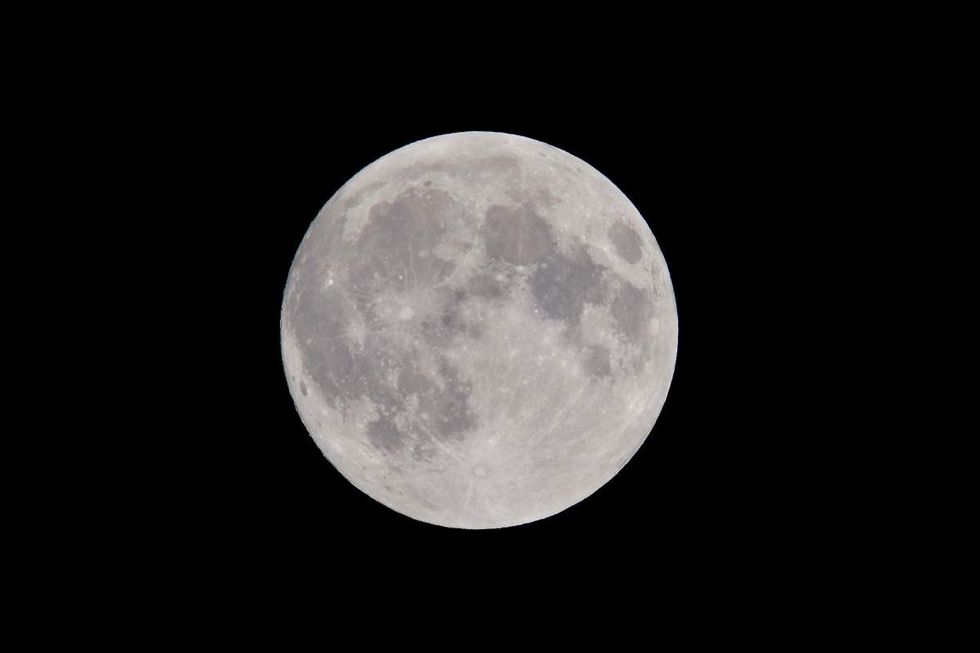
Scientists have long suspected the presence of subsurface caves. According to NASA, the images taken by lunar orbiters that mapped the Moon’s surface before human landings also suggested about the pits that lead to caves. Additionally, images taken by JAXA’s (Japan Aerospace Exploration Agency) Kaguya orbiter in 2009 also confirmed the presence of a pit. Since then, many pits have been discovered across the moon using images and thermal measurements of the surface. Noah Petro, LRO project scientist based at NASA’s Goddard Space Flight Center, shared, “The analysis of the Mini-RF radar data tells us how far these caves might extend.”
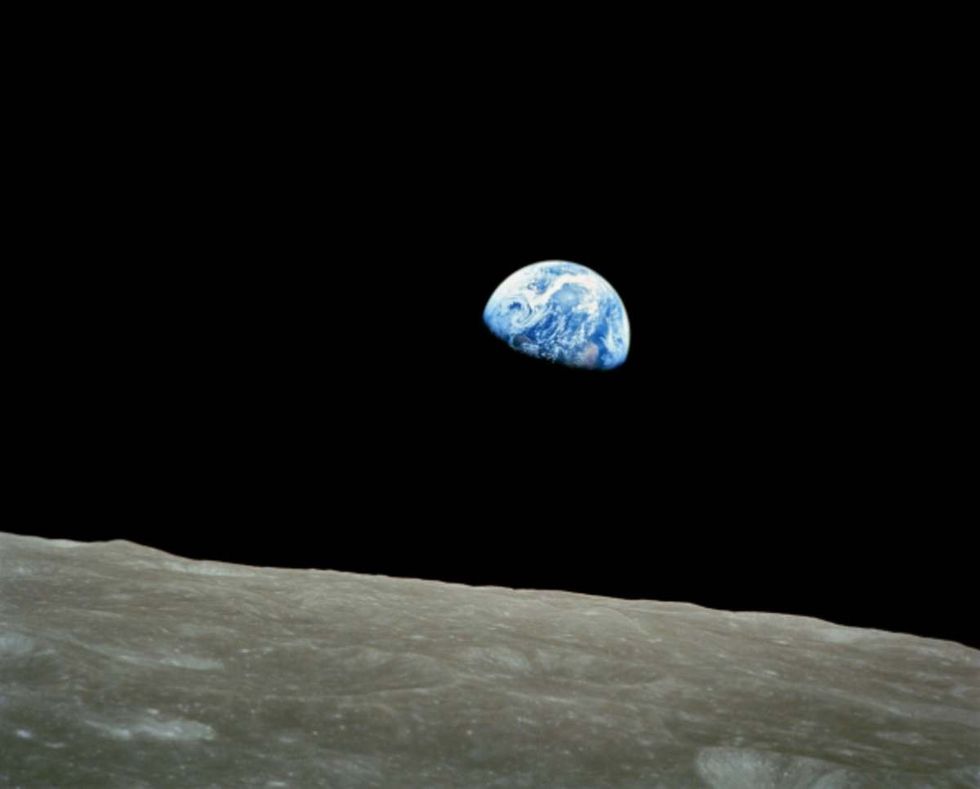
There is an interesting theory about how these tunnels came to exist. It has been suggested that, like the “lava tubes” on Earth, the Moon may have also experienced a flow of lava under the crust or cooled lava that led to the formation of a hollow tunnel. What’s more intriguing is that this 100-meter-deep pit could be a potential home for humans, per BBC. Researchers suggest that there may be several caves similar to these and they could act like homes for humans on the Moon. However, a thorough investigation is needed, as other external factors like radiation, temperature and others could hinder human life on the celestial object.
Pointing out another peculiar factor, Helen Sharman, the first British astronaut to travel to space, mentioned that though the pits may serve as a tunnel for humans, their depth is so much that humans would need a jet pack or some kind of lift to get out. The cave is visible to the naked eye from the Earth and also has walls, a sloping floor and the potential to be extended further underground. Leonardo Carrer, one of the study authors, said, “It’s really exciting. When you make these discoveries and you look at these images, you realize you’re the first person in the history of humanity to see it. After all, life on Earth began in caves, so it makes sense that humans could live inside them on the Moon.”
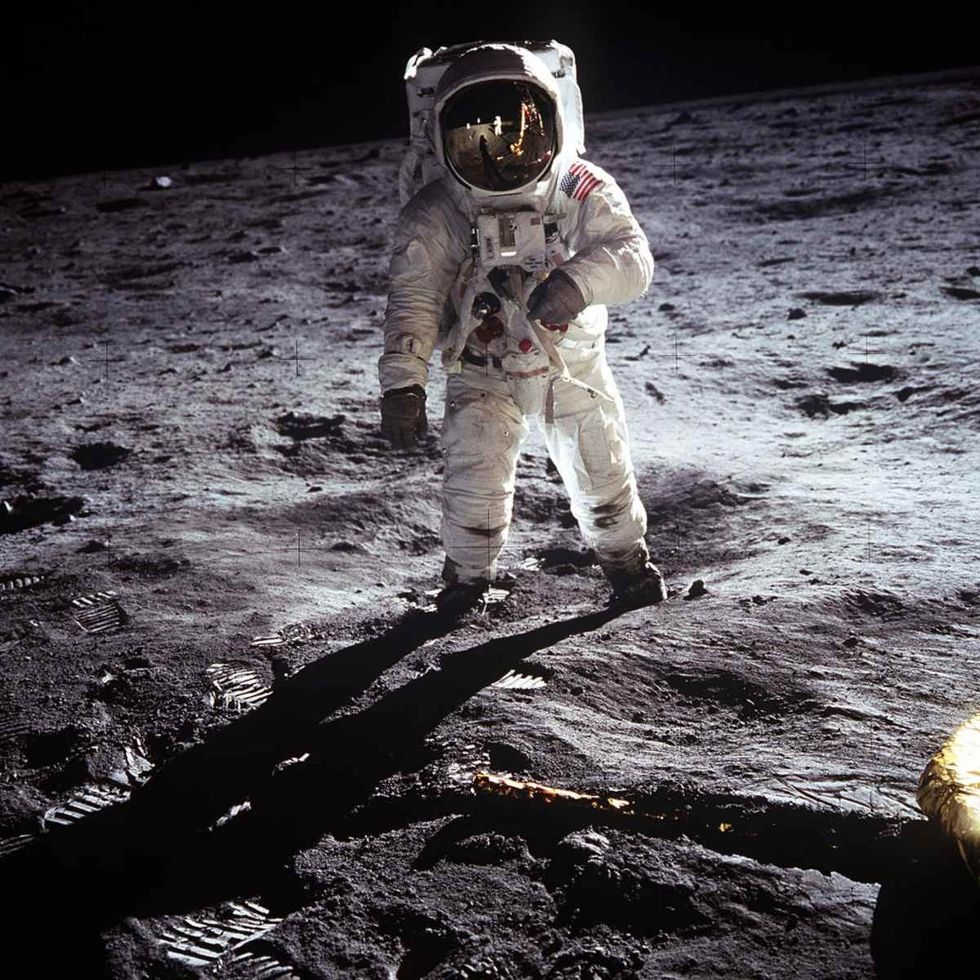
The pit was formed approximately billions of years ago and the researchers are excited, anticipating the potential it holds for humans. This is not only because they have discovered a possible living space for humans on the Moon but also because it marks hope for further research. Scientists add that this discovery opens up the possibility of finding caves on Mars and even potentially discovering life on the planet. Francesco Sauro, from the Topical Team Planetary Caves of the European Space Agency, exclaimed, “We have very good images of the surface - up to 25 cm of resolution - we can see the Apollo landing sites - but we know nothing about what lies below the surface. There are huge opportunities for discovery.”





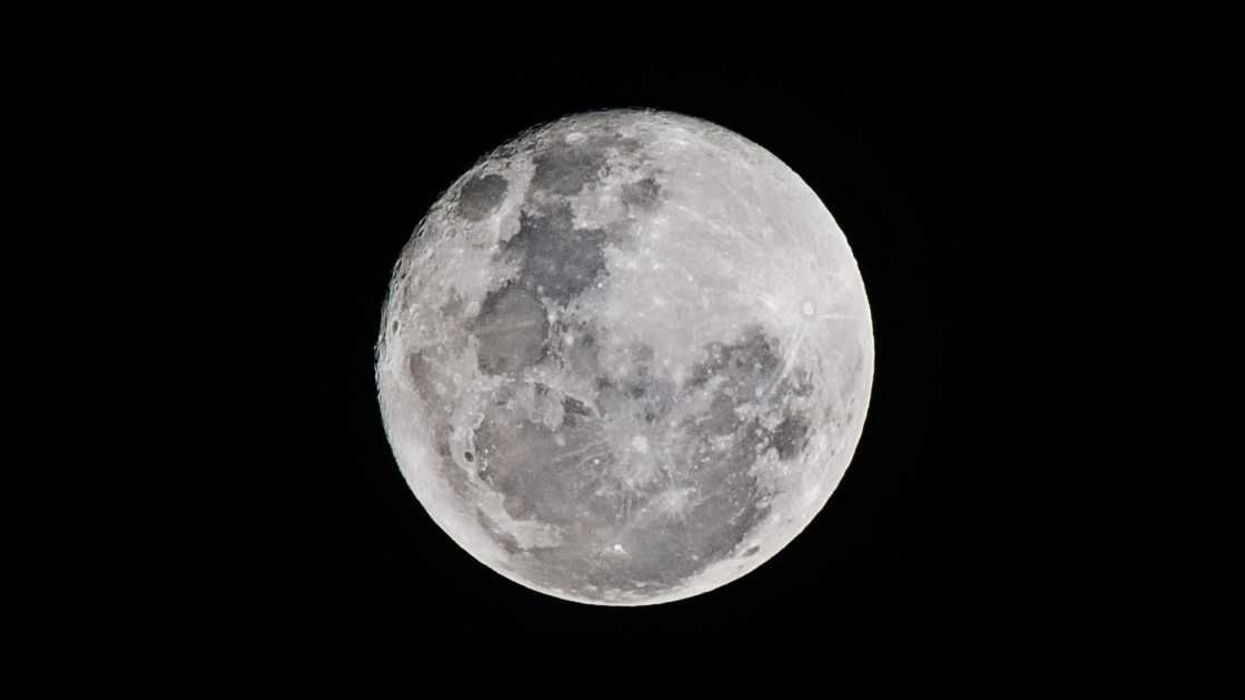












 Bird searches for food on a beach.Photo credit
Bird searches for food on a beach.Photo credit 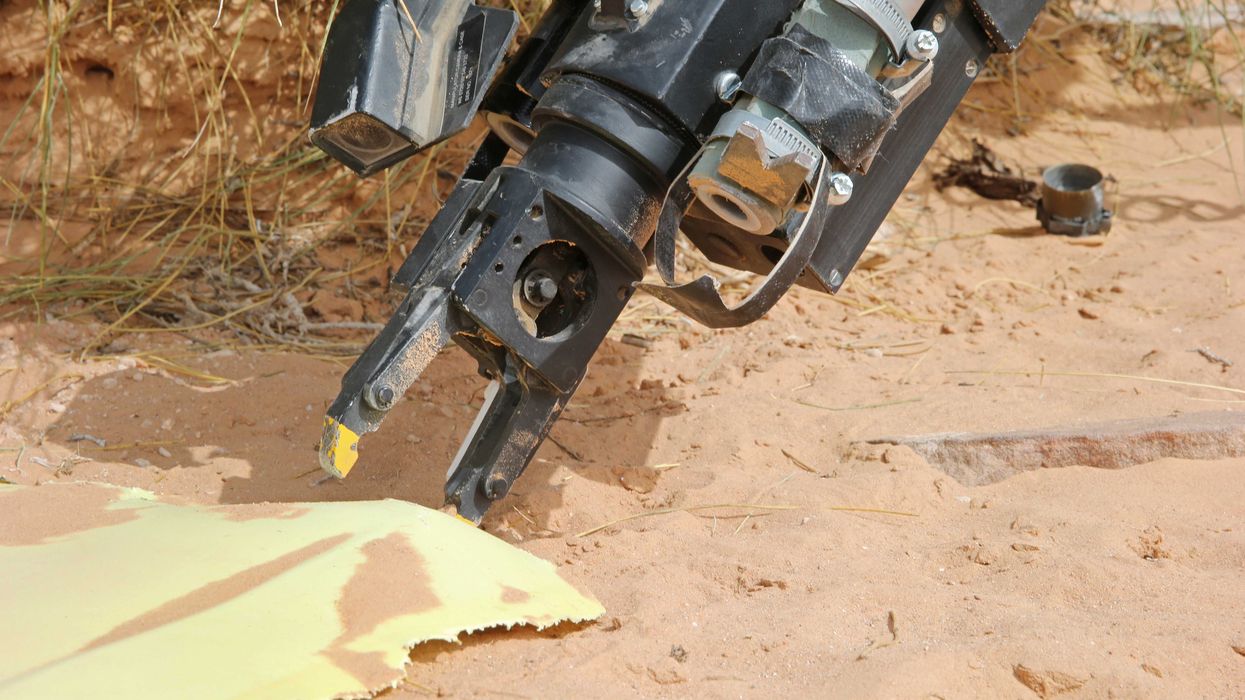 Articulating arm in sand.Graeme Main/
Articulating arm in sand.Graeme Main/  Woman arms stretched.Photo credit
Woman arms stretched.Photo credit 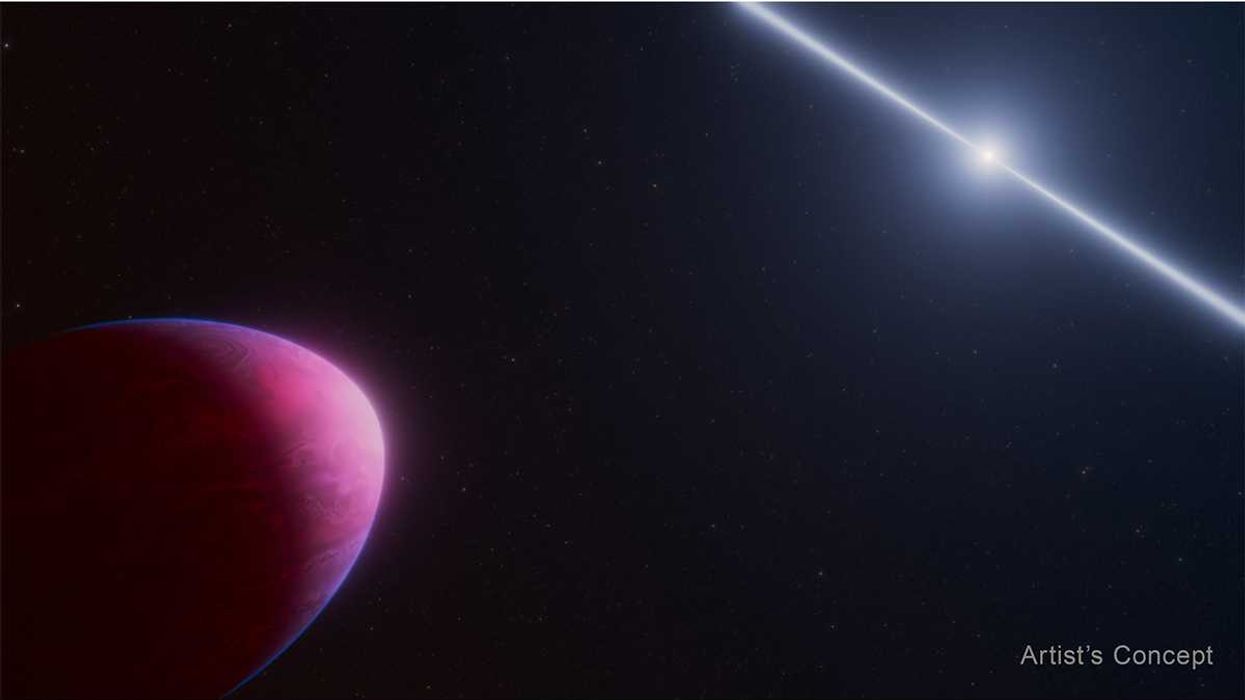
 A lemon shaped planet the size of Jupiter.Credit:
A lemon shaped planet the size of Jupiter.Credit: 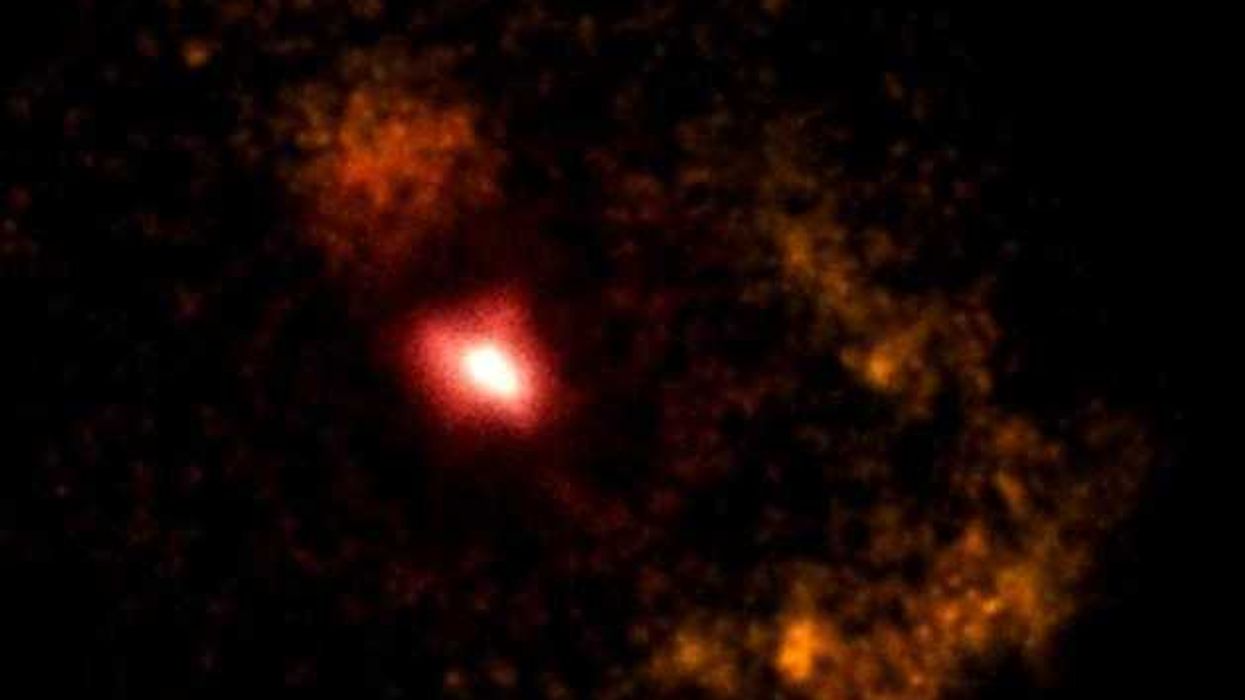 Image from a Pulsar star releasing gamma rays.NASA/CXC/SAO/
Image from a Pulsar star releasing gamma rays.NASA/CXC/SAO/ 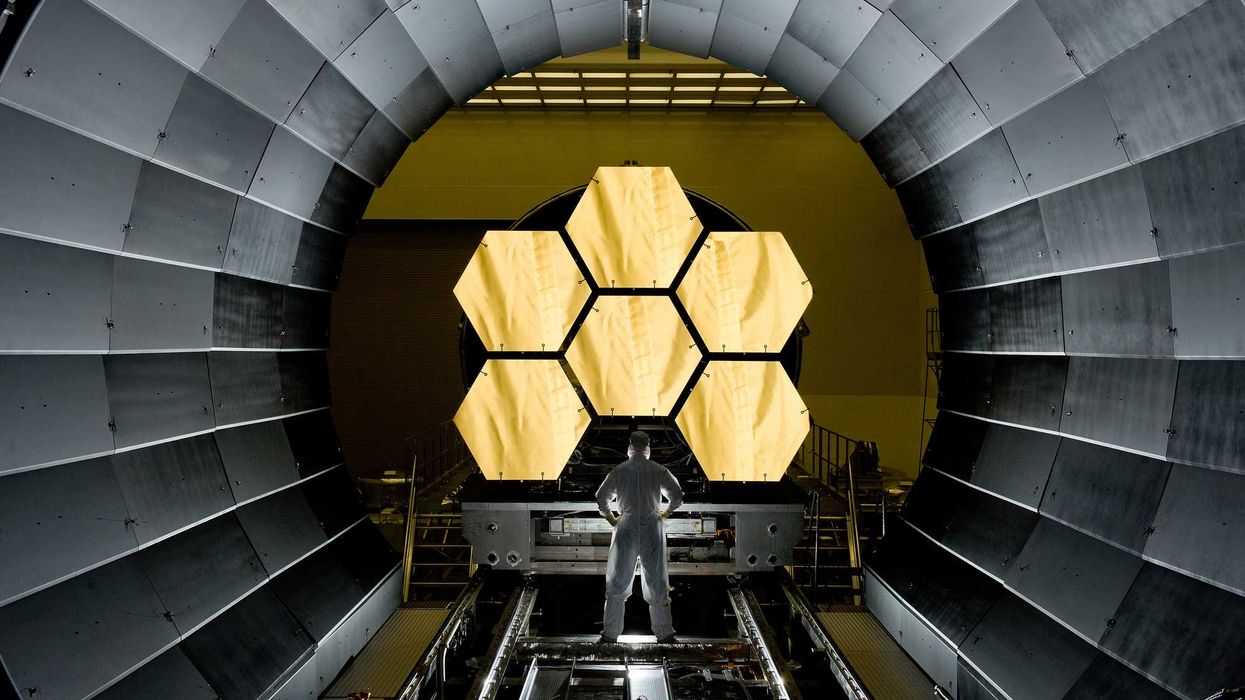 James Webb Space Telescope primary mirror.NASA/MSFC/David Higginbotham/
James Webb Space Telescope primary mirror.NASA/MSFC/David Higginbotham/ 
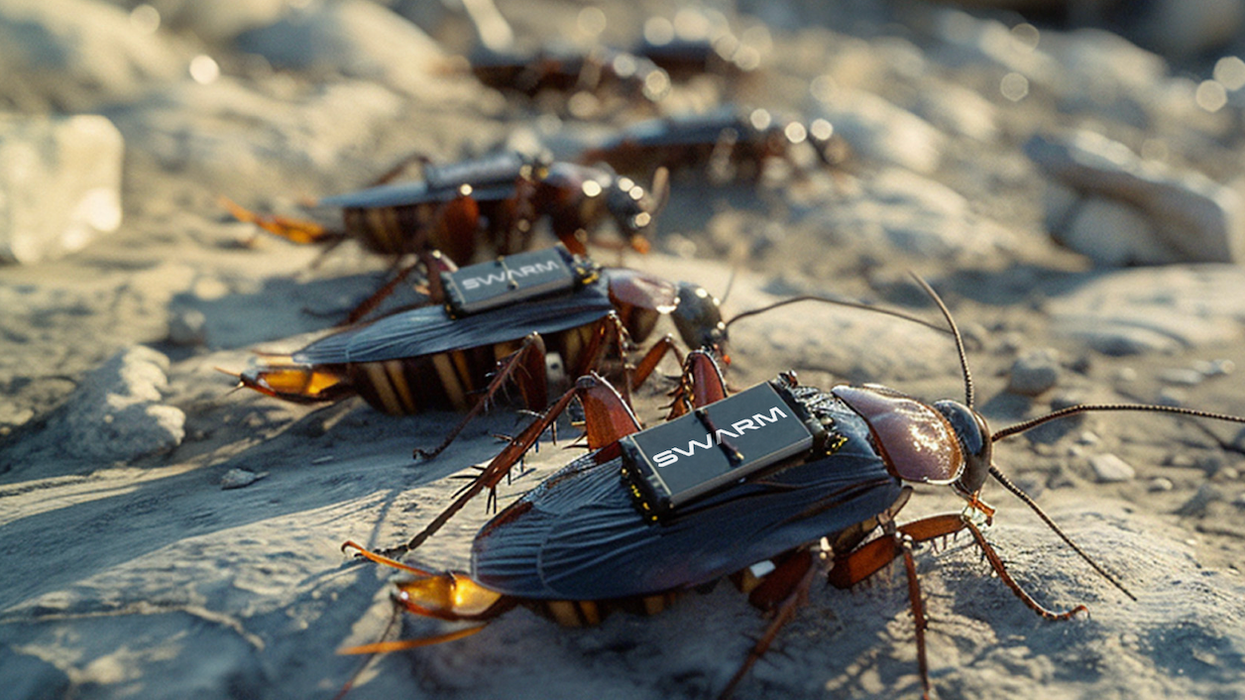


 A woman looks at post-it notes while thinking Canva
A woman looks at post-it notes while thinking Canva Two women on a couch are having a conversationCanva
Two women on a couch are having a conversationCanva A father and son sit on a porch talking Canva
A father and son sit on a porch talking Canva A woman paints on a canvasCanva
A woman paints on a canvasCanva A student high-fives with his teacherCanva
A student high-fives with his teacherCanva
 Cute dog looks off camera at someoneCanva
Cute dog looks off camera at someoneCanva